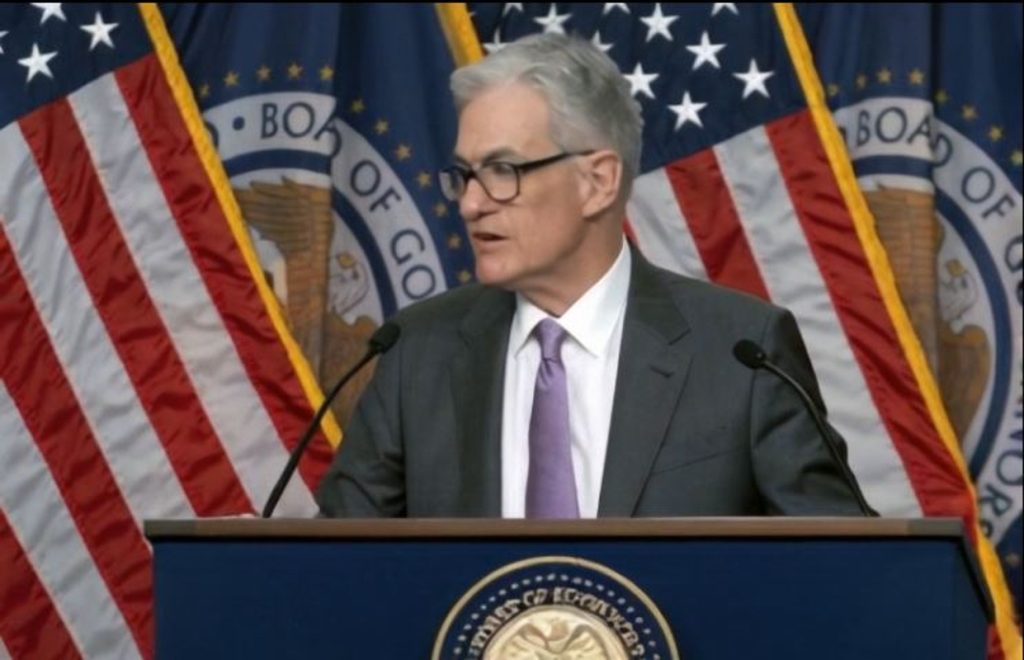
The cost of a starter home has now surpassed $1 million in over 200 cities and towns across the United States, according to Zillow. This significant increase highlights the growing affordability challenges in the housing market, making it harder for many to buy their first home.

Surging Demand for Affordable Housing
As housing affordability tightens, the demand for cheaper options, like starter homes, has risen dramatically. This increased demand has driven starter home prices to skyrocket, complicating the affordability situation further.

Average Starter Home Prices
Nationwide, the average price of a starter home is currently $196,611, which is still within reach for a median-income household. Zillow defines starter homes as those in the lowest third of home values in a given area, making them crucial for first-time buyers.

Rapid Price Growth of Starter Homes
Over the past five years, starter home prices have surged by 54.1%, outpacing the 49.1% rise in overall home prices. This rapid growth indicates the intensified competition for these more affordable properties.

States with the Most Expensive Starter Homes
Thirteen states now have at least one city or town where the cost of a starter home exceeds $1 million. California leads with 117 such cities, followed by New York with 31, and New Jersey with 21. Florida, Washington, Maryland, and Virginia also have towns where starter home prices have hit this high level.

Barriers to Homeownership for Young Buyers
The rising costs of homes, combined with high mortgage rates and limited inventory, have made it difficult for many potential buyers to enter the market. This trend is particularly affecting young Americans, with the median age of homebuyers increasing to 35 last year, up from 34 in 2019.

First-Time Homebuyers Struggling
First-time homebuyers are particularly squeezed by current market conditions. According to Divounguy, the percentage of buyers purchasing their first home dropped to 29% in June, down from 31% in May, as reported by the National Association of Realtors. Affordability challenges continue to push this group out of the market.

Impact of Federal Reserve Policies
Housing affordability issues have been worsened by the Federal Reserve’s attempts to control inflation through tighter monetary policy. With the Fed’s benchmark interest rate at a 23-year high, mortgage rates have remained elevated, making it more difficult for buyers to afford homes.

Recent Easing of Mortgage Rates
Recently, mortgage rates have shown signs of decreasing, with the average rate on a 30-year fixed-rate mortgage dropping to 6.47% from 6.73% last week, according to Freddie Mac. This decline is partly due to expectations that the Federal Reserve will start cutting interest rates in September, which could help improve housing affordability.

The Need for More Housing Supply
Despite these challenges, the long-term solution to the housing crisis lies in increasing the supply of homes. Although builders have accelerated construction, the shortage of available homes remains, especially in cities like Boston, Sacramento, and Portland. Adding more supply, along with potential rate cuts, could help resolve the nation’s housing






